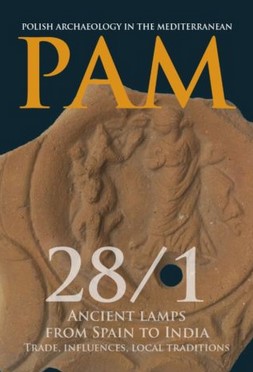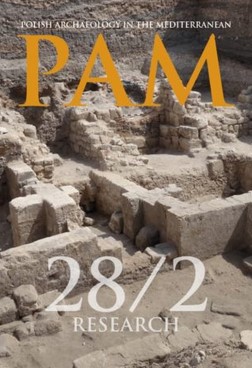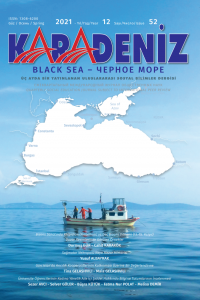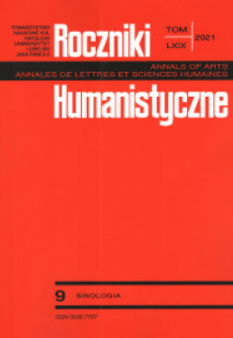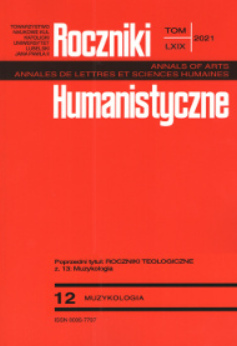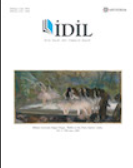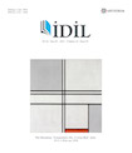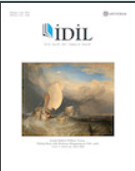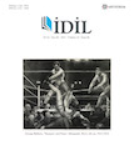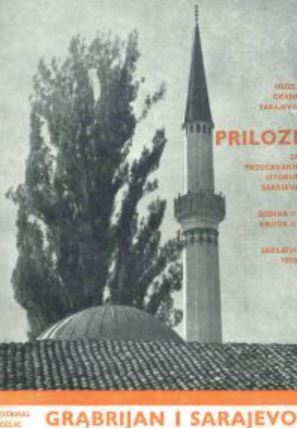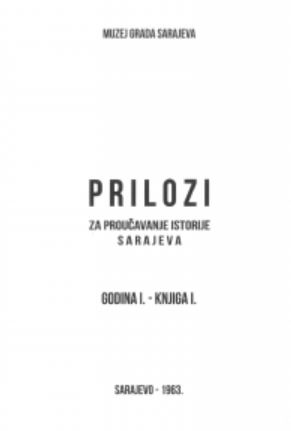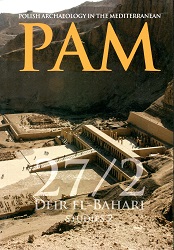
The secretarybird dilemma: identifying a bird species from the Temple of Hatshepsut at Deir el-Bahari
Known from a few representations in Predynastic Egyptian art, the secretarybird has otherwise been elusive, in the art of Pharaonic Egypt as well as the scientific discourse on iconographic imagery of birds in ancient Egypt. The author’s studies of the animal decoration at the Temple for her doctoral dissertation identified three images of birds belonging most likely to the same species, depicted in the context of the expedition of Hatshepsut shown in the Portico of Punt. The zoological identification of the species as the secretarybird (another possibility is the African harrier-hawk) derives from an in-depth analysis of the bird’s systematics, appearance, distribution and habitat, as well as behavior, which are essential for proper species recognition and instrumental for understanding the rationale behind bringing this particular bird from the “God’s Land”.
More...
